1. Define challenges
Finding a two-way approach to communicating with Syrian refugees
Za’atari Refugee Camp, a sprawling two-square-mile site located some ten kilometers east of Mafraq, is currently home to approximately 83,000 Syrian refugees. UNHCR coordinates the response to their situation – and every day reiterates the question of how to best communicate with the camp population.
The answer to this question has changed significantly since Za’atari first opened in the summer of 2012. In the early months of the camp’s existence, UNHCR and its humanitarian partners were communicating with Syrians who had recently arrived at Za’atari. Back then, the focus was on informing Syrians about services and options available to them, and how they could access these. But as the camp evolved into a more permanent settlement, this type of approach became discordant; and a more diversified, two-way communication strategy became possible.
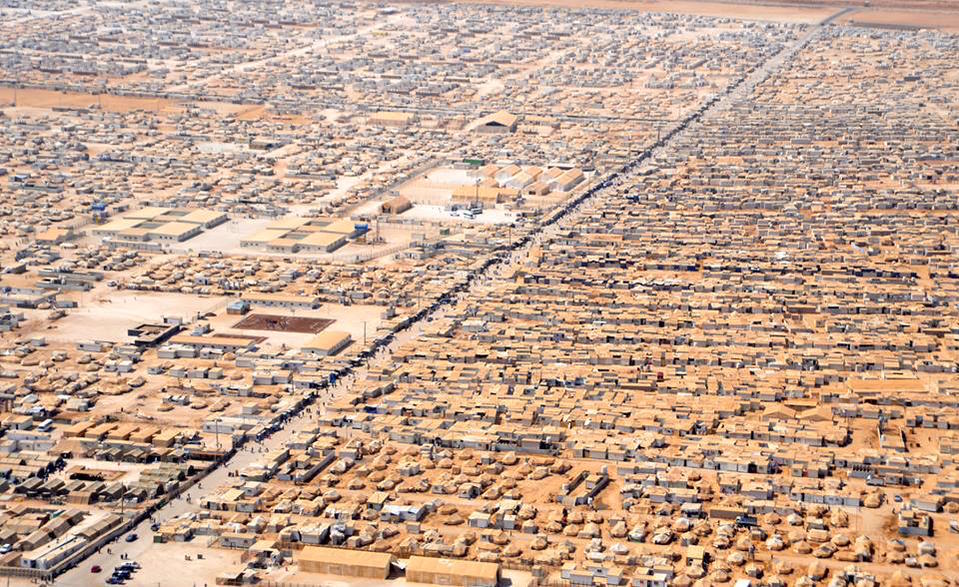
Vast, dusty and unpredictable, this remarkable stretch of desert is home to thousands of Syrian refugees. Photo credit: @ZaatariCamp.
2. Identify solutions
Leveraging tools already in use by refugees
To begin updating its strategy, UNHCR looked to refugees to see which communication tools they used. Syrian refugees predominantly keep in touch with relatives or friends still in Syria – where the civil war rages on – with mobile phones. Taking note of this preference – and realizing it meant refugees are likely to check their phones regularly – UNHCR began disseminating information via SMS in 2012.
These messages were mainly brief updates about camp news, such as security issues following a riot, or information on when a broken service will be repaired.
In 2014, however, the prevalence of mobile phones also helped assess the camp population. At the time, UNHCR believed there were approximately 100,000 refugees living in Za’atari. But refugees are known to move often. And during the height of the Syrian conflict, thousands of people were arriving and leaving the camp every day. UNHCR therefore needed a verification exercise, which it ran between January and June of 2014, to test its estimate.

3. Test solutions
Using social media to create virtual exchanges
As the agency distributes new, Jordanian SIM cards to arriving refugees during registration, a database of phone numbers was at hand. A group SMS was sent out to every number in this database asking refugees to come forward and verify their continued residence inside Za’atari. To ensure no one was missed out, the same instruction was printed on posters and leaflets, which were displayed and distributed throughout the camp. The exercise revealed that only 85,000 Syrians had remained within the camp – 15,000 less than the UNHCR estimate. It also revealed that many Syrians had discarded the SIM the agency had initially provided in favor of another provider, and thus served as an opportunity to update the phone number database.
As a second step toward diversifying its outreach program, UNHCR turned to social media. In September 2012, just a few months after Za’atari had opened, the enterprising Syrian camp community launched the Facebook page, “Zaatari camp coordination” to share camp news. After receiving permission from the page administrator, UNHCR now also shares updates on this channel. To date, over 26 thousand people have “liked” the “Zaatari camp coordination” page, meaning that when an update is posted, it can potentially be seen by 25 thousand people. As such, the Facebook page provides Syrians in Jordan with their own virtual interaction space, but also keeps them in contact with UNHCR.
Indeed, communication is not just about disseminating information. Monitoring how that information is received and responded to is equally important. As such, UNHCR next set up a Twitter profile in late 2013. The Twitter handle @ZaatariCamp currently has over eleven thousand followers. Not all of these are refugees; many are journalists or aid workers. In fact, surveys have shown that Facebook remains more popular among the camp community than Twitter. Nonetheless, the added channel provides the agency with a newsfeed of its own, and opened the possibility for live, virtual exchanges, which can be followed by the public. Although only a few exchanges of this sort between camp officials and residents have so far taken place, these were noteworthy for their horizontal tone, suggesting that some refugees may feel more comfortable voicing criticism via Twitter.

4. Refine solutions
Combining more traditional communications tools
When it comes to maintaining and increasing trust, however, social media fall short. Research has shown that refugees tend to trust information told to them in person more than a text message or post. As such, UNHCR also regularly organizes community meetings in different districts of the camp. Here, humanitarian partners can meet with different refugee demographics, such as women’s groups, to discuss issues that relate to that group within a specific location.
Once a month, single page communiqués are prepared following these meetings, which summarize points discussed and address unanswered questions. The communiqués are distributed via mosques, and left at supermarkets as well as other public venues. Thus, the leaflets serve not only to keep the dialogue between camp residents and officials alive, but also support inter-agency coordination by highlighting unresolved issues that refugees flagged during the community meetings.
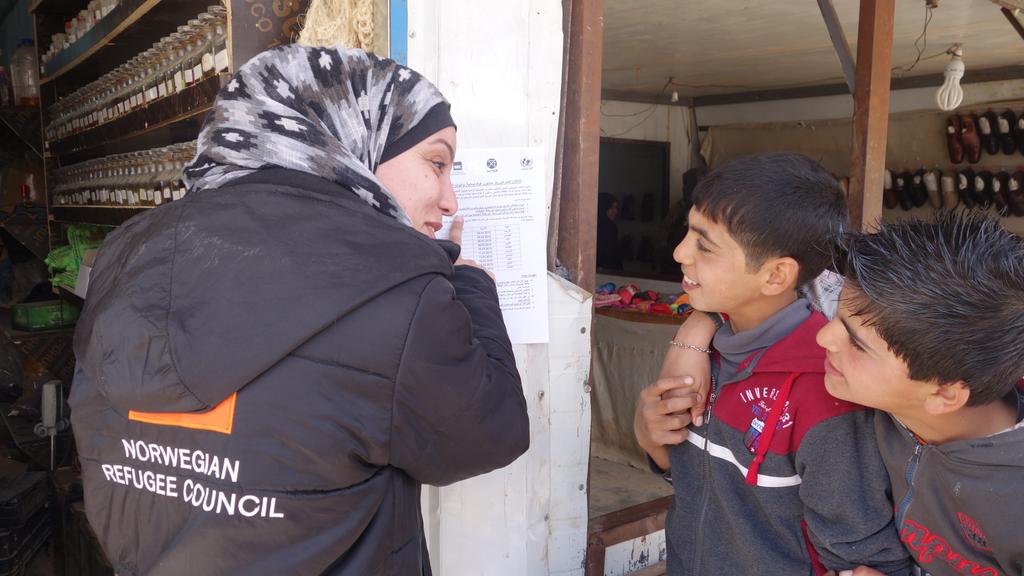
5. Scale solutions
Communications tools must be context-specific
Overall, the development of the current UNHCR outreach program shows that the correct communication tool is context dependent. While SMS dispatches are good for spreading updates quickly, Facebook is an example of a community-driven, bottom-up addition that refugees can own, and more traditional engagement methods continue to be best for building trust between officials and residents.
New technologies such as social media and mobile technology should therefore be used as additions to, rather than replacements for older communication methods. Moreover, when communicating with a group as vast as the residents of Za’atari – the world’s second largest refugee camp – a diverse set of channels is the most effective way of ensuring a message is received. How these channels are employed should continuously be adapted as the refugee situation develops.




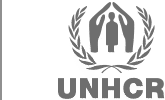


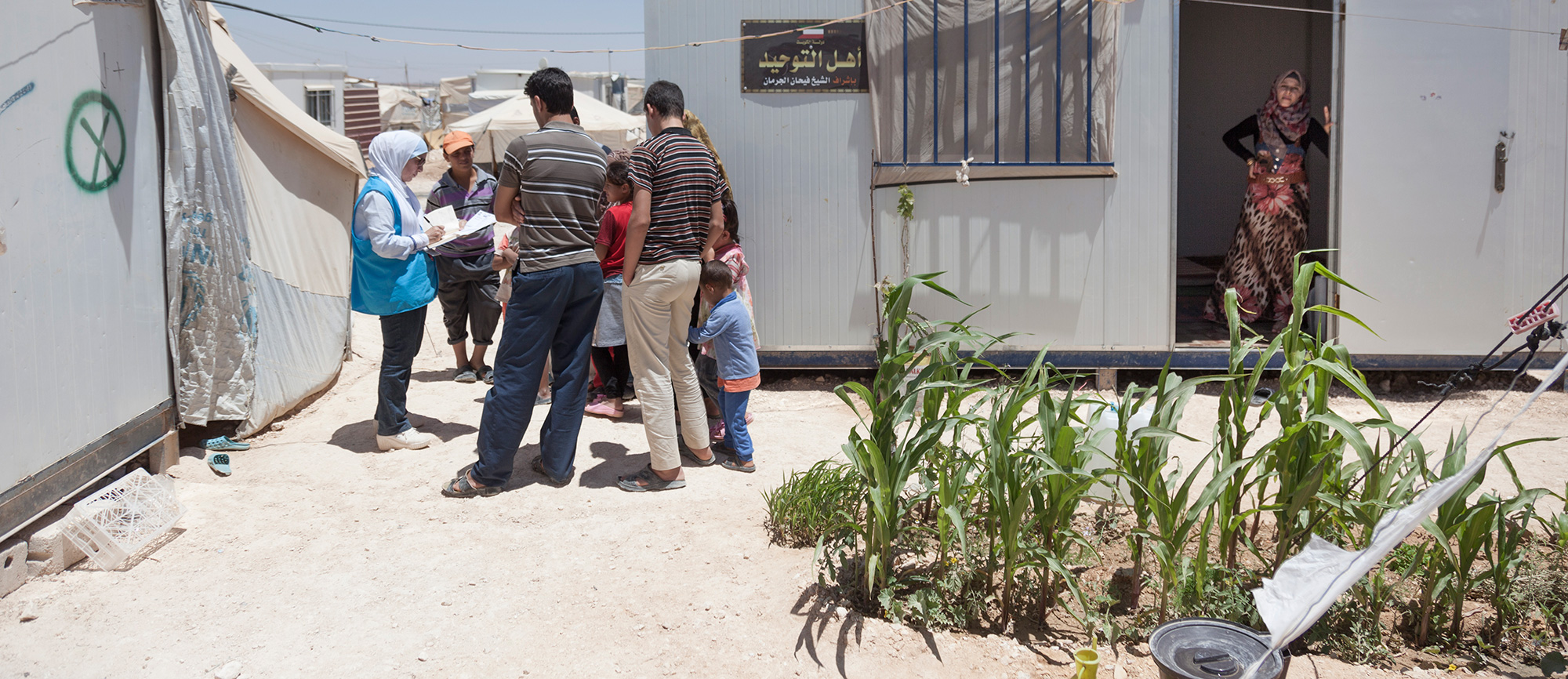
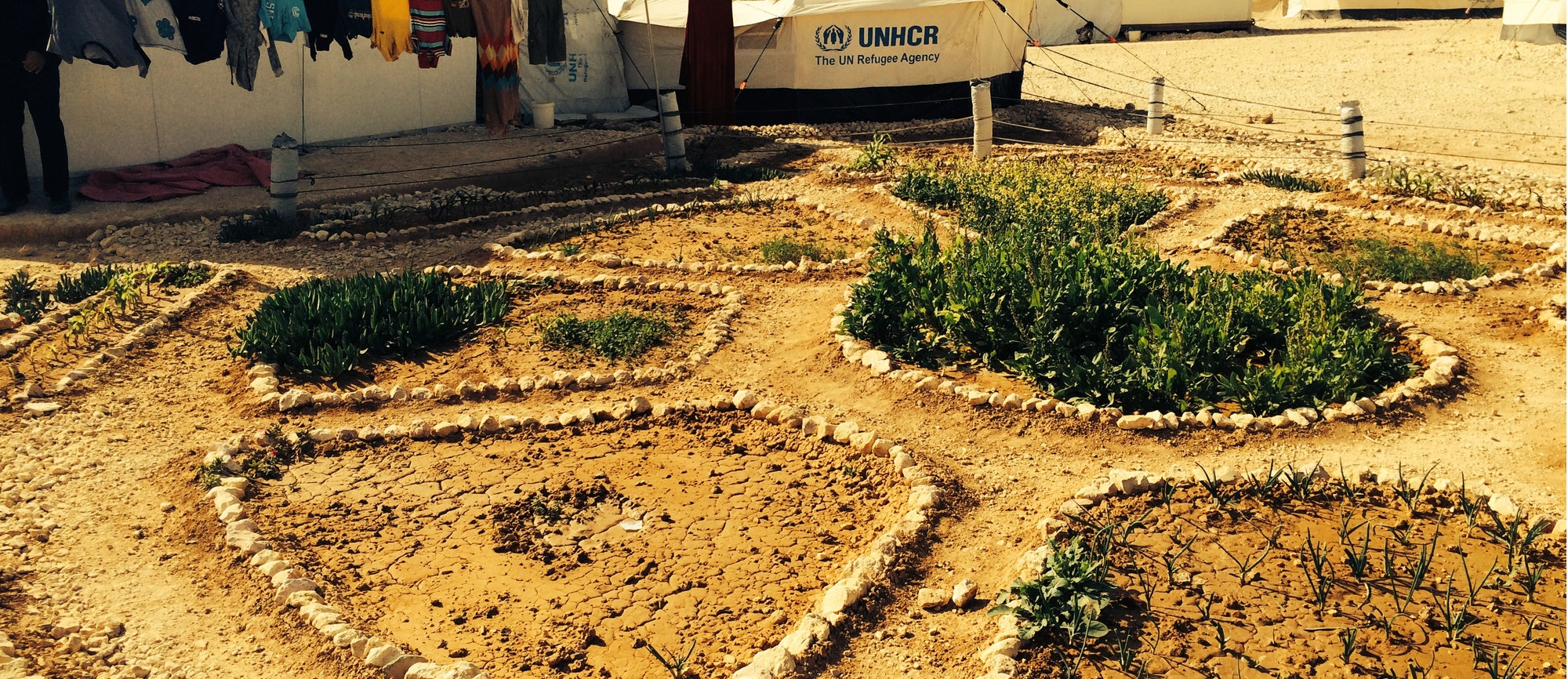
Pingback: Top social media stories of the global refugee crisis - Govern Socially()
Pingback: Communicating with Refugees - Points to Consider - Skillsacademyforsocialcare.org.uk()
Pingback: Humanitarian Innovation: Surprising News, Cautionary Tales, and Promising Directions()
Pingback: Humanitarian Innovation: Surprising News, Cautionary Tales, and Promising DirectionsInnovatePC | InnovatePC()
Pingback: Humanitarian Innovation: Surprising News, Cautionary Tales, and Promising Directions – gXyz.NeWs()
Pingback: Humanitarian Innovation: Surprising News, Cautionary Tales, and Promising Directions – gXyz.NeWs()
Pingback: Today in Technology March 15, 2016 | Tech Fann.com()
Pingback: Humanitarian Innovation: Surprising News, Cautionary Tales, and Promising Directions - CITRIS()
Pingback: Humanitarian Innovation: Surprising News, Cautionary Tales, and Promising Directions « The Berkeley Blog()
Pingback: Knowledge is Power | Refugees At Australian Detention Center Rely on WhatsApp and Smuggled Phones()
Pingback: Google()